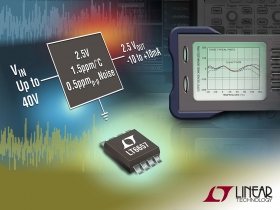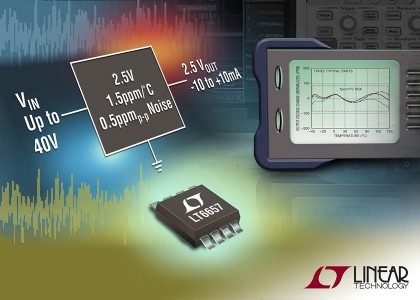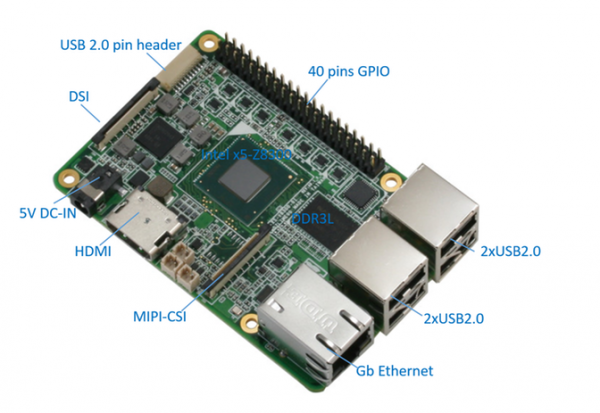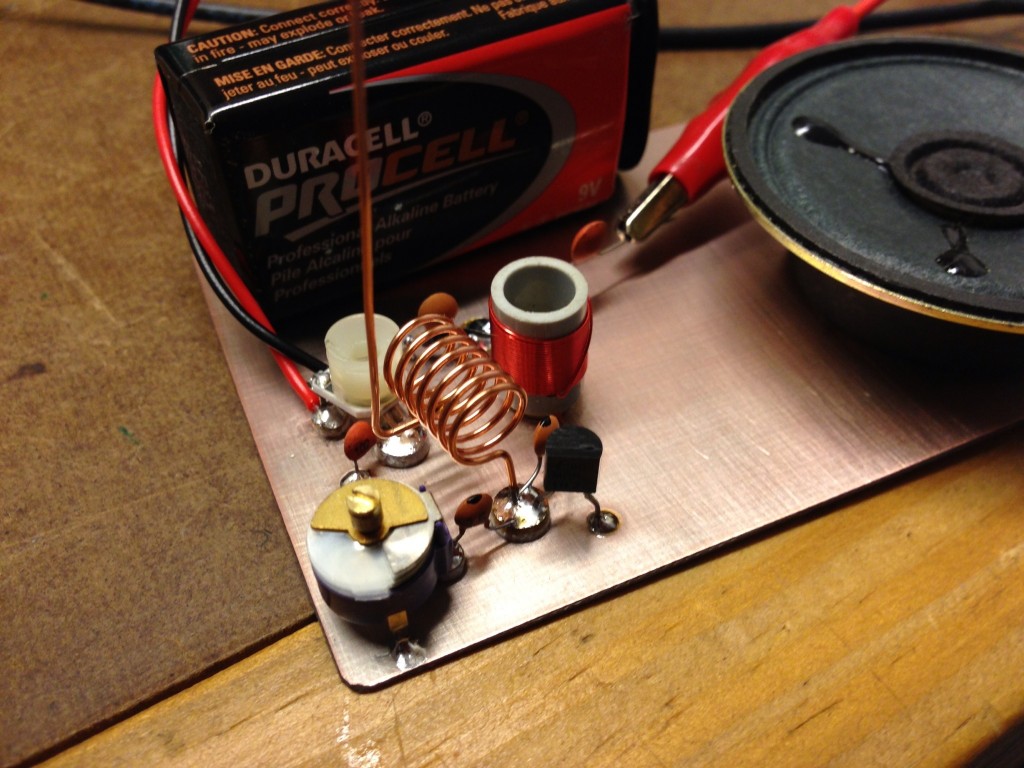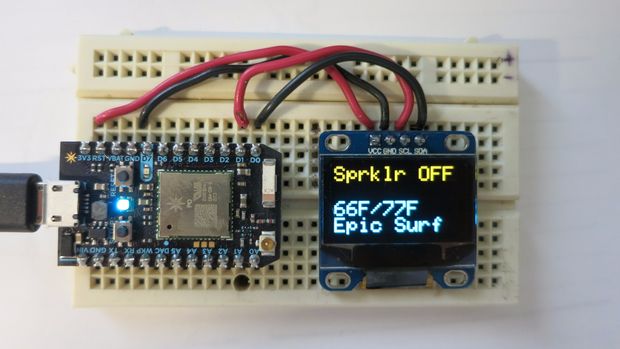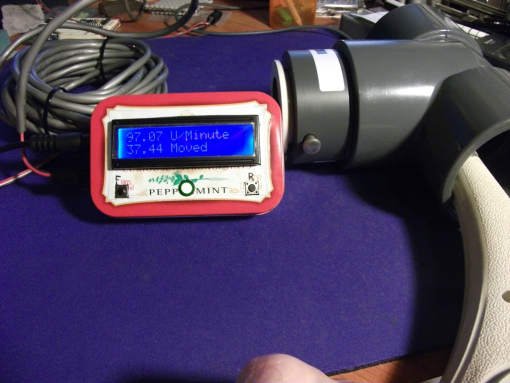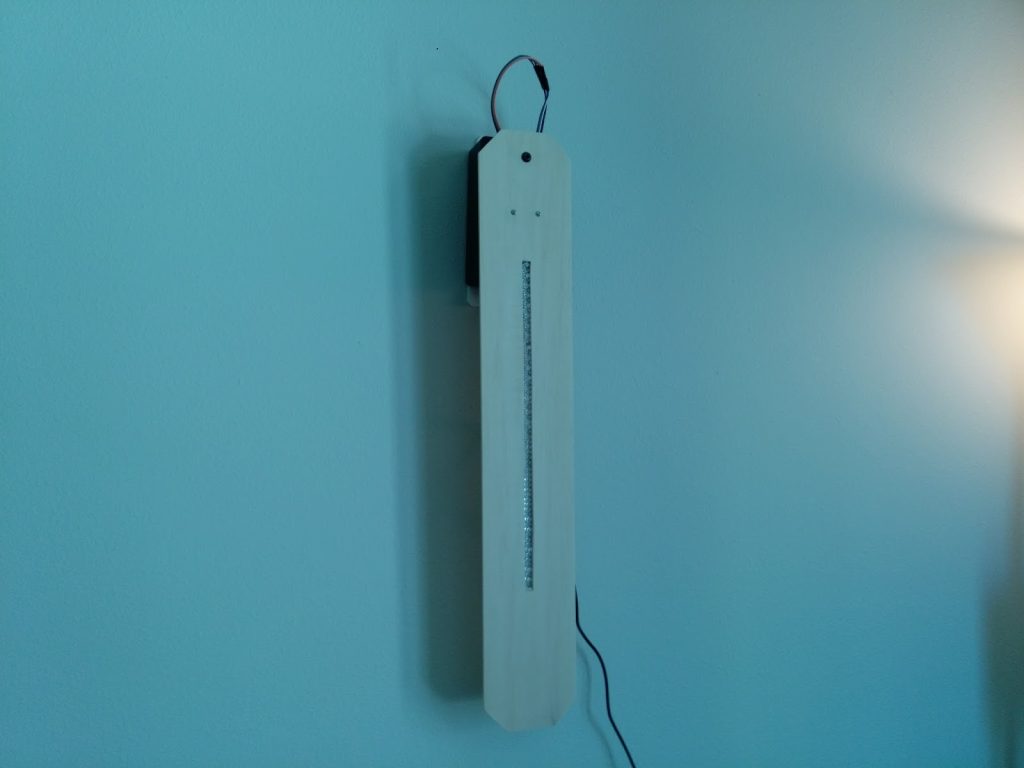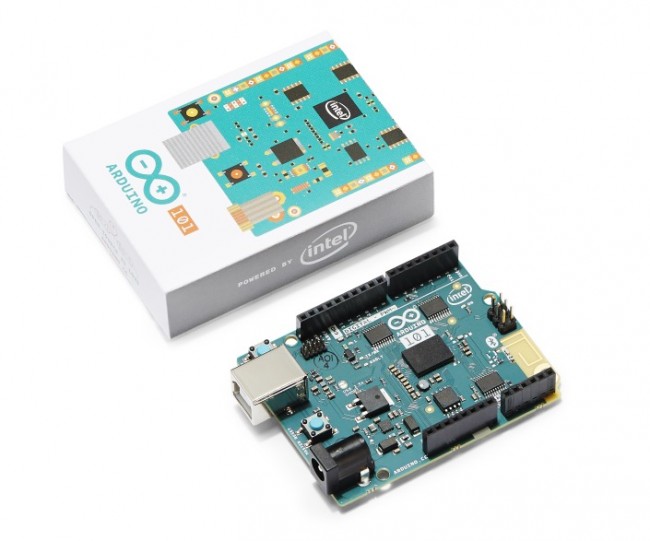by Graham Prophet @ edn-europe.com:
LT6657 is a family of ultra-stable bandgap voltage references that exhibits less than 1.5ppm/°C of temperature drift. Reinforcing this performance, the device has only 0.5ppm p-p of low frequency noise, less than 30 ppm of long term drift and 35 ppm of thermal hysteresis.
The LT6657 is fully specified for –40°C to 125°C and was designed for the most demanding high performance instrumentation, test equipment and automotive systems. The LT6657’s buffered output can source and sink up to 10 mA. The LT6657 can operate on a supply voltage from as low as 50 mV above the output, up to 40V, and with a supply current of only 1.2 mA. In shutdown mode, power consumption is reduced to 4 µA. Load regulation error is less than 6 ppm/mA and line regulation error is less than 4 ppm/V, both under worst case conditions.
Lowest-drift bandgap voltage reference reaches 1.5ppm/°C, offers low dropout – [Link]


